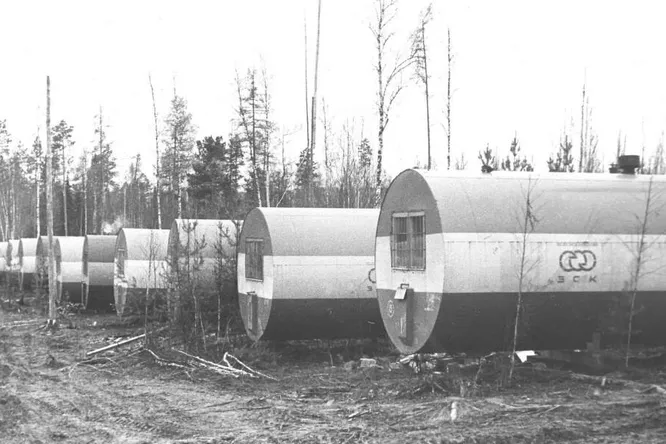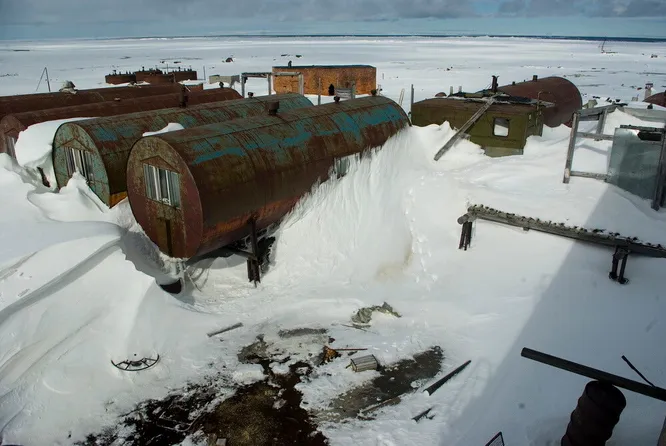News
Why did the USSR build housing in the form of barrels and where did all the Tsubiks disappear to?
In the 1970s, unusual houses in the form of barrels appeared in the USSR. At first, they were huge cisterns left over from the transportation of fuel to the Far North. Workers cut out windows and doors in the huge tanks, put in window panes and insulated the space.
Soviet engineers even developed a design for the new housing and called it "all-metal unified block" TSUB-2M or "tsubik" - this was the name that caught on among the people. Why in the USSR built housing in tanks and where suddenly disappeared all "tsubik", OBOZ.UA investigated.
How Soviet people conquered the Far North
Conquerors of the North did not live easily. In the regions of the Far North to build solid houses was either inexpedient or simply impossible.
In 1974, the Soviet authorities announced the restoration of the country's largest construction project - they began laying the rails of the Baikal-Amur Mainline. Thousands of workers found themselves in harsh conditions: strong winds, snow drifts, low temperatures and a complete lack of normal housing. Wooden huts, of course, did not save them from the cold.
History does not know who was the first to come up with the idea to equip rooms in cisterns where fuel was once transported. But the idea caught on. At least it was warmer there.
The Soviet government, inspired by popular ingenuity, commissioned the development of a new housing unit, the "All-Metal Unified Block" or "Tsubik".
"Tsubiks" were light, warm, sturdy and yet streamlined. The cylindrical shape helped to solve the main problem - the dwelling was no longer buried in snow, because, unlike wooden rectangular houses, there was simply nowhere for snowdrifts to accumulate.
From the inside, the "tsubiki" were sheathed with plywood and insulation, and the heating system was arranged from below, so the workers could even rejoice in a warm floor.
The standard meterage was 24 square meters, a kind of mini studio in a modern new building. There was a place to rest with beds, a kitchen, a hallway, a bathroom and its own so-called boiler room. The entrance area separated the living space from the entrance, so that the frost from the street did not get into the bedroom and kitchen. A ventilation system was produced under the ceiling.
Modernized versions withstood severe frosts - even at -60 °C the temperature inside the "tsubik" did not fall below +15 °C.
Where "tsubiks" disappeared to
Subsequently, full-fledged infrastructure began to appear in the northern settlements, but according to the plans of the authorities, the TsUBs should continue to be used for living at maximum frost or in remote areas.
The production of TSUBs was officially stopped in 1990.
Subscribe to OBOZ.UA channels in Telegram and Viber to be aware of the latest events.






























